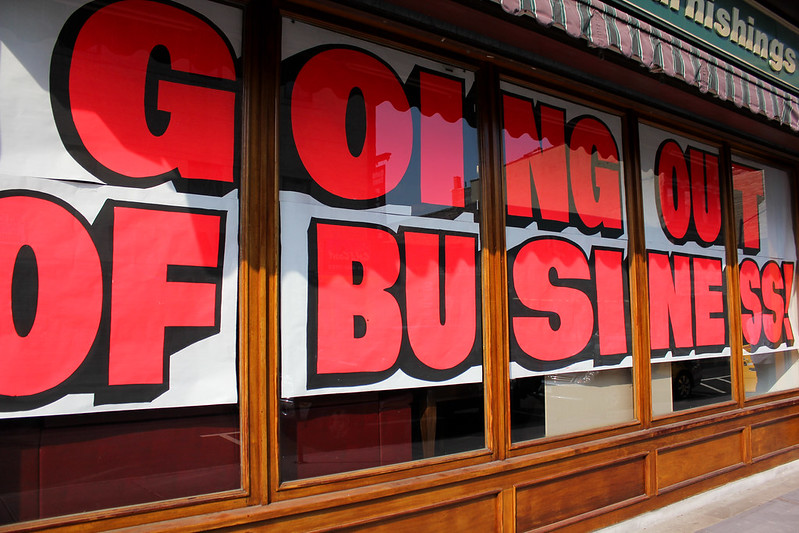
Shawkat Hammoudeh, Ph.D.
The 1970s were miserable, partly because of both high inflation and high unemployment. That period is known as the “stagflation decade.” The chair of the Federal Reserve during those years was the macroeconomist Arthur Burns, who constructed the misery index as the sum of inflation rate and unemployment rate. The most notable thing about Burns’ index is that inflation and unemployment have the same weight, implying that they reduce wellbeing by the same amount.
If you are unemployed, you may disagree with the weight given by Professor Burns because you may not be able to put food on the table, or you might be evicted from your home. In this case, you vote for unemployment as the worst misery. However, if you are working but still cannot afford food and rent, you may go for inflation. Unemployment may affect a group of people, but inflation affects all people. Which misery would make you more unhappy in this case? It depends, right?
Currently, the unemployment rate is 3.7% and the inflation rate is 7.1%; thus, the misery index is 11.4%. In 1980, it was more than 21%! Today, the unemployment rate is low, but the inflation rate is high, and people think of high inflation as the only misery.
In 2013-2014, Professor Danny Blanchflower of Dartmouth College and others again revised this index and related the inflation and unemployment tradeoff to happiness, using a very large set of data from Europe. Those economists found that both economic miseries reduce happiness, but unemployment reduces it much more. They estimated that a 1-percent increase in unemployment would reduce happiness five times more than a 1-percent increase in inflation. Then the Blanchflower unhappiness index would have the weights 1 for inflation and 5 for unemployment — the current index would be 25.6%!
The current economy gives more weight to labor. Although unemployment is included in the traditional misery index, this variable is a lagging indicator and does not reflect the dynamics of the labor market. Based on that, I would like to propose a modification of the misery index to reflect the growth in wages that would work against unhappiness or misery. I would like to include the wage growth as a negative item in the index because higher wage growth tends to affect higher inflation rates. The current wage growth is about 5%. Based on the current data, the Blanchflower unhappiness index would decline to 20.6%: still very high, but not quite as miserable.
Can we relate academic research to political realities in the United States? Most polls in the last midterm elections guessed that the Democrats would face a red wave based on the high inflation numbers and a misery index of 11.4% as classified by Burns. The elections have suggested that we should not trust surveys, and inflation may not be the number one economic issue to the general public.


